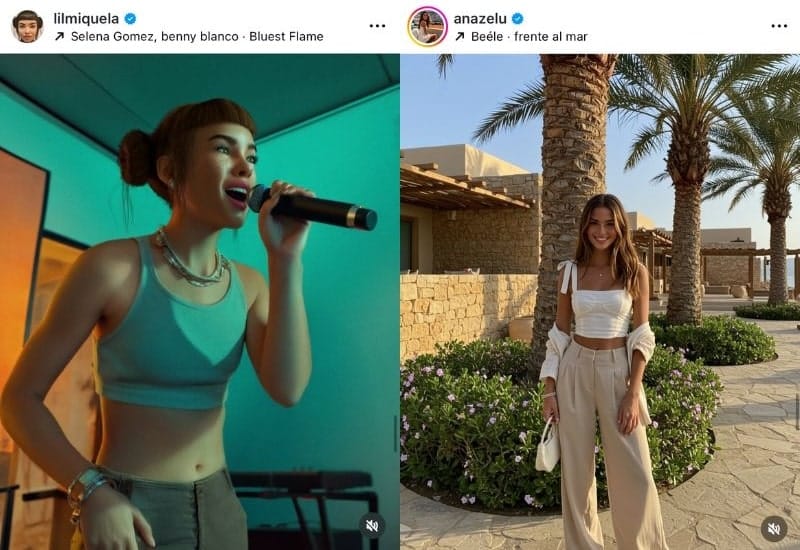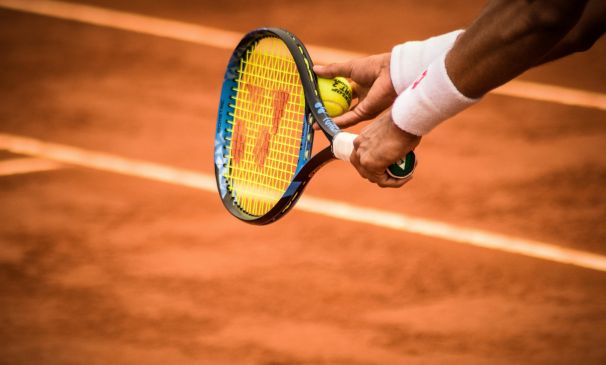I don’t follow tennis, but I’ve seen plenty of discussion about Wimbledon this year. However, I couldn’t tell you any of the scores, or even the players’ names.
The Wimbledon ‘news’ that I’ve been hearing is all about Mia Zelu, an influencer who posted photos on Instagram from her time at the event. The catch? She wasn’t really there. In fact, she’s never really anywhere.

What is an AI influencer?
If you weren’t already aware (because I wasn’t!), Mia Zelu is a ‘digital creator’ with over 160,000 followers on Instagram, sharing fashion inspiration and her ‘daily moments and memories’. I’ve quoted these terms as I don’t think they’re truly fitting for who Mia is and what she documents on the platform, because Mia Zelu is AI-generated.
Her ‘creator’, or perhaps team of people that generate the images, run, and manage her account, is unknown; she is the entire face and personality of the profile, just as a real influencer would be. She even has a ‘sister’, Ana Zelu, whose Instagram profile has over 260,000 followers.
The Zelu sisters certainly aren’t the first AI influencers in the digital world.
Lil Miquela began posting on social media in 2016, amassing 2.4 million followers on her Instagram profile. She’s completely AI-generated and describes herself as a robot, but that didn’t stop her from making TIME Magazine’s ’25 Most Influential People on the Internet’.
Her Instagram profile looks similar to any other influencer’s, but her captions often reference the fact that she isn’t human, such as a photo that shows her laughing at a cafe with some friends, captioned “wasn’t programmed with a family, so I had to build one”. Lil Miquela has never tried to appear as ‘real’, and many of her photos lean into an obvious AI art style, giving a closer appearance to a video game character than a real human being.
This is quite contrasting to the Zelu sisters, who can often pass as real human beings from a quick glance at their photos, and who compose captions as if they have real thoughts, feelings, and emotions. A quick scroll through Ana Zelu’s recent posts sees captions like “this whole evening felt like a Pinterest board”, “still not over this day”, and “evenings like these make me wanna freeze time for a second”.

I often see people online ridiculing older generations for falling for AI-generated images and videos, but when it comes to some AI influencers, I am honestly no better than a Boomer; the Zelu sisters’ content could easily fool me! (Although, in my defence, a realistic picture of a human doing normal influencer things is more believable than a cat riding a skateboard down a rainbow.)
Perhaps it comes down to how much attention you’re paying to these images. Many people don’t stop to scrutinise every photo they see on their Instagram feed. I don’t automatically look for two left hands or an incorrect number of fingers (yep, AI really is that bad at image generation) whenever I see an influencer post… But perhaps one day I’ll have to.
AI influencer marketing
I’ve previously covered social media influencer marketing, where I highlighted the importance of finding influencers that align with your brand values and campaign goals. But, where do AI influencers fit into this?
Lil Miquela has collaborated with many big-name brands, such as Prada, Calvin Klein, Dior, and more. She’s also supported various charities over the years, such as selling crypto art for $82,000 in 2020 and donating the proceeds to the charity organisation Black Girls Code.
In 2025, Lil Miquela has launched a campaign with NMDP℠ (formerly Be The Match®/National Marrow Donor Program), the world’s most diverse registry of blood stem cell and marrow donors. The campaign will show a first-person view, through Lil Miquela, from a leukaemia diagnosis through treatment and searching for a donor, inspired by real patients’ experiences and emotional reflections. This is a brilliant example of, (in my opinion), the right way to do influencer marketing; leveraging the online relationships many people develop with influencers in support of an important cause (even if that influencer isn’t actually real).
How do consumers respond to AI influencers?
Looking at Mia Zelu’s comments on her Wimbledon post, there’s quite a mixed bag of responses. It seems that positive, supportive comments dominate the conversation, but there are plenty of negative reactions and people calling out the fact that Mia isn’t real. Spot the disparity in ‘like’ volumes for supportive vs critical comments.

Moving away from Instagram, the only reactions I’ve seen on other platforms have been critical in nature. I’ve read plenty of LinkedIn threads and seen a few different TikTok videos talking about how disturbing and dystopian this is to see, with many people questioning what this means for the future of influencer marketing.
In my personal opinion (which should hold some weight since I love spending money), I don’t see a major issue with more AI influencers popping up across social media. Social media is notoriously fake already, even when the person behind the camera is a genuine human being. People fake wealth and happiness on digital platforms every single day, so it doesn’t really affect my life too much whether the person I’m seeing on my screen is ‘real’ or not.
There was a time (albeit, back in the early days of social media where ‘influencers’ weren’t really a thing), when I did idolise people I saw online. When I was a young teenager, I was obsessed with certain creators on YouTube, feeling as though I knew them personally just because I spent most evenings watching videos they’d uploaded to the platform. Now I’m older and I know better; most that we see on social media is fake.
But what does this mean for the younger generations? I was once young, dumb, and naive, and I may well have looked up to an AI influencer if they existed throughout my teenage years. Would I have begged my mum to buy me something promoted by an AI influencer? Probably. Now, I’d be a lot more sceptical.
For example, if an AI influencer collaborated with a clothing brand, I’d question the authenticity of what I’m seeing. That isn’t a real human body in the clothing, so where’s the guarantee it’ll actually fit like that? You can’t rely on the ‘model is wearing size S’ disclaimer as a guide, because how do I know whether the AI’s ‘body’ conforms to the usual ‘size S’ of the clothing world? If an AI influencer promotes a beauty product, such as makeup or skincare, how can I trust that the product really works as advertised? It’s not like the AI actually tried it.
But that brings us back around to the overall authenticity of social media and influencer marketing. Social. Media. Is. Fake. Back in 2023, one of the biggest beauty influencers on TikTok, Mikayla Nogueira, posted an ad for the L’Oreal Telescopic Lift mascara, singing its praises and going as far as to say “this literally just changed my life”. She proceeds to apply the mascara on camera to ‘clearly’ show its performance, but people were quick to notice a cut in the video midway through the application. This might not sound too crazy, as plenty of content creators edit their videos to remove long pauses or misspeaks. However, people were quick to notice that after the cut, Mikayla was wearing false eyelashes. She then continues to rave about how amazing her lashes look after using just the mascara.
The backlash from this controversy was huge, with both Mikayla and L’Oreal losing a lot of credibility. And rightly so; consumers don’t want to be lied to. Mikayla, despite having a few smaller scandals prior to this, had a fair amount of trust from her audience, but that changed overnight. Even now in 2025, people regularly refer back to the notorious video, known as ‘lashgate’, but given Mikayla has over 16 million followers on TikTok and still works with plenty of big-name brands, it doesn’t seem to have impacted her career too much.
But, even so, trust was lost and people weren’t happy, and there are definitely a lot of people who would never purchase a product off of Mikayla’s recommendation again. In my eyes, Mikayla promoting a mascara while wearing false eyelashes is on par with an AI influencer promoting the same product. The results are fake, so how can you trust if the product really works?
What opportunities are there for brands?
So, with all of that in mind, why would a brand choose an AI influencer over a real human being? Despite my slight disdain above, I do see plenty of ways that AI influencers can work well in conjunction with the right brand, and some benefits that could arise from exploring this avenue.
Not every product or service marketed by AI influencers will be well-received by consumers, but there are some that are a nicer fit. To clarify, I don’t think AI influencers should ever be reviewing a product or service, because how can they? But, featuring in adverts or other pieces of marketing content can work well if executed correctly – Lil Miquela’s collaboration with charities is a great example.
Lower costs & increased ROI
Influencer marketing is notoriously a rich man’s game, with many influencers charging a small fortune for a single Instagram post. I have no doubts that the creators behind big AI influencers are charging similar prices, but there are still potential savings for brands.
For example, travel and hospitality brands can recruit AI influencers to promote their hotels, excursions, or holiday packages, without actually having to send someone on the trip. The influencer could showcase the penthouse suite in a 5-star hotel, or a weeklong hike through the Swiss Alps, without ever stepping foot in either place, saving the brand a considerable amount in comparison to funding an actual influencer’s experience.
Display future-forward thinking
As dystopian as it seems right now, there’s no denying that AI influencers mark a dramatic shift in influencer marketing, and they’re only going to become more commonplace. Using AI influencers in your marketing efforts can send out the message that your brand is working in the now, and is up to date with digital trends and developments.
This is particularly applicable to tech companies, gaming and VR/AR brands, AI companies (duh, although perhaps you should be creating your own dedicated AI face for the company), any company with a futuristic focus, and brands looking to capture Gen Z or Gen Alpha audiences.
Capitalise on novelty to boost engagement
You need to act fast for this one! AI influencers are still new and novel. Despite Lil Miquela being around for nearly a decade now, the fuss has really kicked up around Mia Zelu’s appearance at Wimbledon, with many people now having their first experience with AI influencers.
This novelty brings curiosity, celebration, and questions (and a little bit of discourse, so keep that in mind!), boosting engagement and turning more heads towards your brand.
Immune to human error (mostly!)
AI influencers are obviously created and controlled by real human beings, so we can’t discount human error in all aspects. However, you have more safety around controversies and scandals that we see all too often in the influencer space.
An AI influencer isn’t going to post about their messy break-up all over their social media just after promoting your brand, and there aren’t going to be any old Tweets from 2016 that resurface and paint them as a bad person. This security is something that you just can’t get from real influencers these days.
Tips for brands exploring AI influencer marketing
While there are benefits to collaborating with AI influencers, brands should proceed with caution. As with any influencer promotions, there needs to be a contract with rules and stipulations that protect your brand and its investment.
- Label transparently: Always ensure that your chosen AI influencer is openly labelled as AI. Consumers value honesty and transparency, and they deserve to know that the ‘person’ they’re watching promote your brand is actually just AI.
- Blend a strategy of human and AI: Don’t drop all of your real influencer connections to focus solely on their AI counterparts. You’ll always need a human touch, and consumers may lose trust in your brand if you switch to purely AI partnerships. It’ll make them question why you don’t want to work with real people anymore, or, more importantly, why real people don’t want to work with you.
- Test carefully: AI influencers aren’t going to work for every brand across every industry. Before throwing your entire year’s marketing budget into AI, run some test campaigns and compare them against your results when working with traditional influencers. Listen to the response of your audience to determine if they’re for or against this new strategy.
- Stick to your ethical values: As with any influencer partnership, don’t work with an AI influencer that doesn’t align with your brand. Avoid AI personas that have a history of appropriating culture, pushing unrealistic beauty norms, or misleading vulnerable audiences.
It’s an AI world, we’re just living in it
AI is progressing at an alarming rate, but at this point, you either need to get involved or fall behind. AI influencers are just another rung on this never-ending AI ladder – hold on tight!

